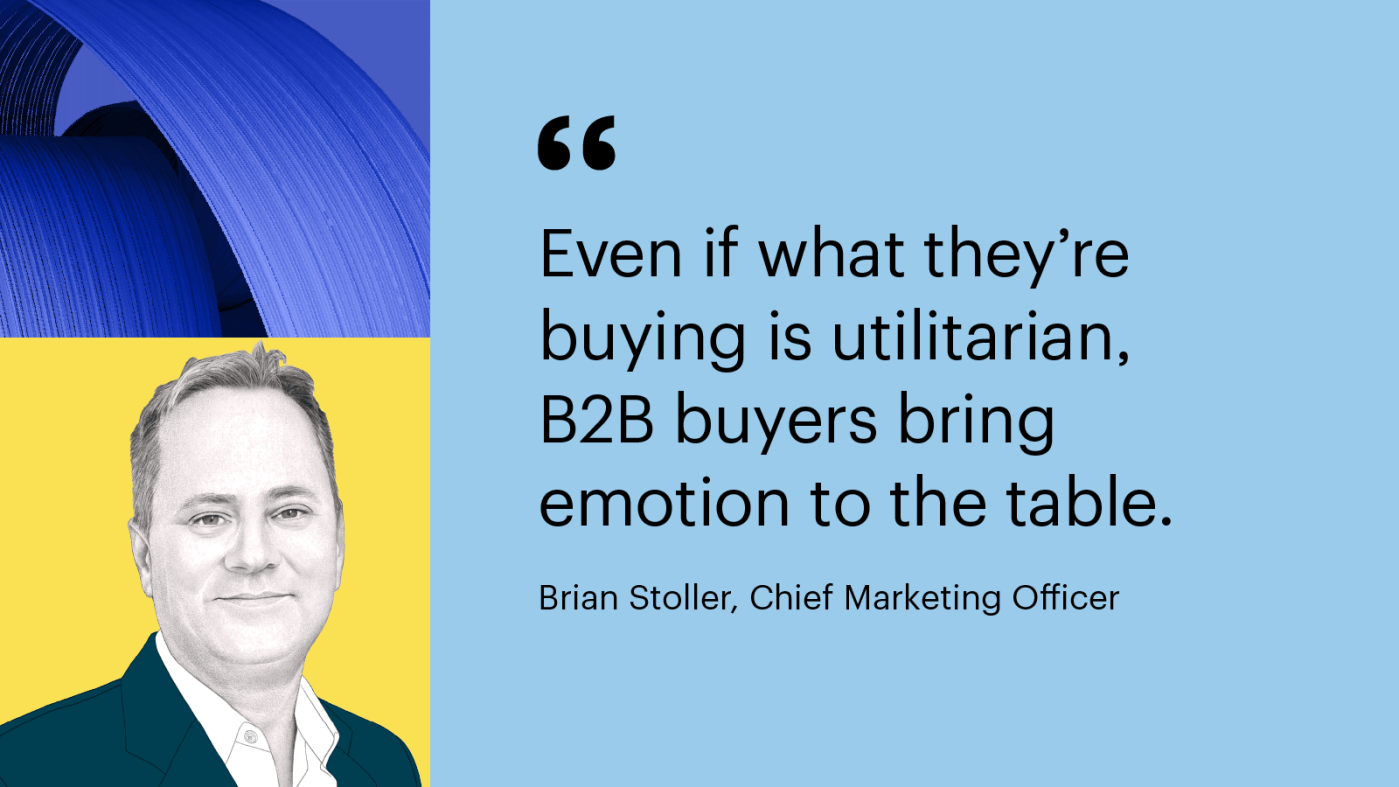I recently found myself in a not uncommon situation when trying to make a potentially life changing purchase decision. A career defining moment of sorts – my daughter’s education.
This wasn’t a solo decision, as its outcome affects multiple people. I had a team of stakeholders with various viewpoints to consider. Mom, with her master’s in education, had strong opinions about the methodology and function of the education. My daughter (the end-user) had concerns about the execution and process of the education. Grandparents weighed in on the lifetime value and character of the education. And while I’d like to believe I was concerned about all of these; prestige and cost of the education were top of mind for me.
One rainy Saturday morning the “stakeholder team” toured the campus of a prospective school (grandparents included). Over the next several weeks we shared our perspectives, weighed our requirements, and discussed our views in both groups and in 1:1 conversations. Together we arrived at a purchase decision. And on a spring afternoon, I authorized the first of many tuition payments.
My daughter is a good student. We live in a decent school system. So what prompted the need for this decision? Inspiration. Inspiration that occurred for each of the buying team members, all independent of one another and all unique. I was inspired by the stories I heard about the school’s pedigree. Other members of my team responded to stories of academic success and the promise of a more fulfilling future.
It became obvious each of our roles were defined by the school’s admissions office. We each had different conversations and read different web sites. In some instances, members of the school reached out to talk to us and share their stories. A student peer hand wrote a letter to my daughter telling her how wonderful the school food was. The financial office spoke to me about tuition plans. The school not only knew their audience, but knew how to address each person, knew the time sensitive triggers that we would respond to and how to build a consensus based in trust that inevitably led us to proudly choose a new school for our daughter.
I’ve come to recognize that B2B marketing is even more complicated than selecting a school for my daughter. It requires establishing buyer confidence through narratives. Telling engaging stories that resonate. Identifying, through intent data signals, the individual roles, and influencers of 20+ (average) buying team members. (That’s like grandparents, aunts, uncles, and second cousins.) And then having the processes, knowledge, and technical ability to address each individual, on a personal level, as they collectively advance through their unique buyer journeys. If done impeccably, B2B marketing would result not just in buyers deciding on a purchase, but in actually taking pride in their decision—as my family did when we came to a decision on my daughter’s new school.
…
Today, Foundry is launching not a new approach to B2B marketing, but a unified one – engaging the buying team through the combination of unique content narratives powered in part by data-driven tools and intent signals.
“Stories inspire, data connects” is our maxim for approaching the four focus areas intrinsic in B2B marketing: buying teams, buyer intent, buyer journey, and buyer engagement. Ultimately a celebration of buyer centricity in marketing, Inspire to Connect shows how aligning these pillars allows marketers, sellers, and brands to build real relationships with buyers—relationships rooted in deep understanding and positive, personal connection. And relationships built upon nuanced observation, behavioral data, and true empathy.
Now a handwritten peer letter to a prospective student may seem small and quaint and even a bit old-fashioned, with only a minor connection to the subject at hand. Ironically, it’s even more relevant now than ever, because knowing that level of detail, knowing those catalysts, are the path to inspiration and action. What’s more the letter was human, emotional, and engaged my daughter in a method she preferred.
B2B marketers increasingly have robust data, advanced tech, and the ability to scale content to create any number of experiences for buyers – and we’ve mastered the logistics of execution. But we treat buyers as if they are numbers in our lead counts. B2B buyers still bring their emotions and hopes and vulnerabilities to the purchasing table—and that’s where brands and marketers need to start making connections with them.
This model encourages marketers to observe and embrace the non-linear, emotional, often messy side of B2B decision making. On their own, marketers and martech already execute along these four pillars. But aligning them brings the buyer to light as a human, not just a stakeholder, persona, or audience member, which prioritizes putting greater care into the narrative and the experience to elicit a feeling.
In this new collection of thought leadership, we’ve gathered the insights of tech marketing’s brightest B2B marketers, data from research, and perspectives from multiple sources to provide deep insights and practical solutions to influence each stage of your demand generation strategy – from what matters to customers, to identifying buyer intent, to delivering more personalized, memorable moments that capture the hearts and minds of buyers throughout the journey.
Your thoughts and suggestions are encouraged, and your participation would be even better.







